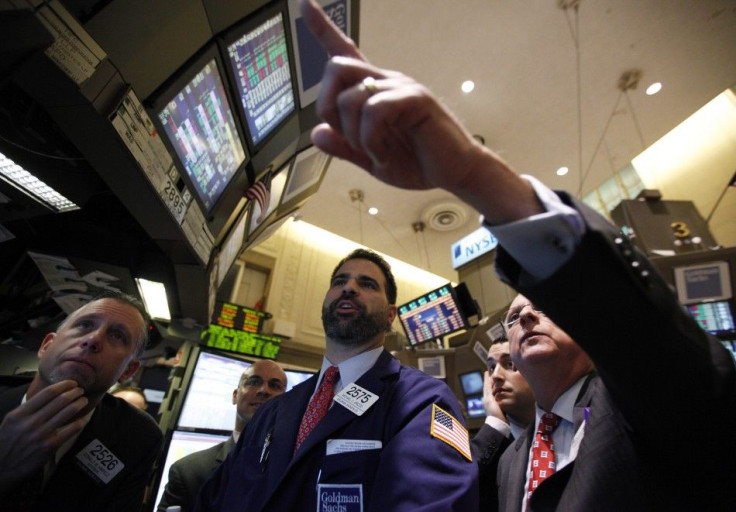U.S. Stock Market - Is It Overvalued?
Analysis

Is the U.S. stock market undervalued or overvalued?
One useful barometer is the S&P 500 price-per-earnings (P/E) ratio, compared to its historical average (mean) and median.
But first, let's review the arguments of the institutional bulls and bears:
The market's bulls argue that despite the fact that the U.S. GDP growth totaled just 1.8 percent in the third quarter, the economic expansion is accelerating, corporate earnings growth remains adequate to good, private sector layoffs most likely have peaked, the worst U.S. financial and economic news probably is over, and that the Dow's recent push above 12,000 is a signal by institutional investors (IIs) that better days are ahead.
Conversely, the market's bears argue that the U.S. workforce is still far too small, with stagnant median incomes in many job classifications, and the nation's job deficit remains staggering, about 11 million full-time jobs at minimum; further, that ongoing gnat called Europe government bonds or sovereign debt means the Dow is sending a false signal, and is likely to move decisively lower in the winter of 2012.
Shiller PE Ratio
What does the S&P 500 P/E ratio compared to its historical average indicate?
On Monday, the S&P 500 P/E was 21.4, compared to its mean of 16.4 and median of 15.8.
The P/E ratio cited above is based on average, inflation-adjusted earnings from the previous 10 years -- the Shiller PE Ratio, or PE10 as compiled by Yale University Economics Professor Robert Shiller.
Further, because Shiller's metric factors-in earnings from the previous 10 years, it is less-affected by abnormal swings in any one year.
The Shiller PE Ratio data set furnishes a number of illuminating points:
The highest P/E was 44.2 in 1999, during the Nasdaq / dot-com mania period of the Roaring 90s bull market.
The lowest P/E/ was 4.78 or roughly 4.8 in 1920 -- prior to the start of the Roaring 20s bull market. From a P/E standpoint, the Roaring 20s commenced in 1924, with the P/E rising to 9.7 by the start of 1925, then to 11.3 (1926), 13.2 (1927), 18.8 (1928), and a gaudy 27.1 (1929) -- the year of the October Black Tuesday stock market crash.
Further, it would take the stock market, as measured by the Dow Jones Industrial Average (DJIA), 25 years, or until 1954, to return to its pre-1929-crash level.
However, as measured by the Shiller PE Ratio, would not return to its pre-1929-crash level until late 1996 / early 1997, when it hit 32.86.
Other points: Periods of rising P/E ratios accompany the 1950s and 1980s economic expansions, as well as the 1990s Roaring 90s expansion.
Equally significant, P/Es over 20 represent overvaluation, they typically don't last as long -- but they can last many years.
Most telling: P/Es over 25 signal extreme overvaluation, and typically drop quickly. An exception: the Aug. 1996- July. 2002 period.
Market Analysis: With an S&P 500 P/E of 21.4, the U.S. stock market is overvalued, based on a Shiller PE Ratio mean of 16.4 and median of 15.8.
Hence, if one were to base a stock purchase decision(s) solely on the ratio, one should wait for the ratio to drop at least until the high teens, or even the mid-teens, as a result of a stock market pull-back or earnings increase.
--
© Copyright IBTimes 2024. All rights reserved.











